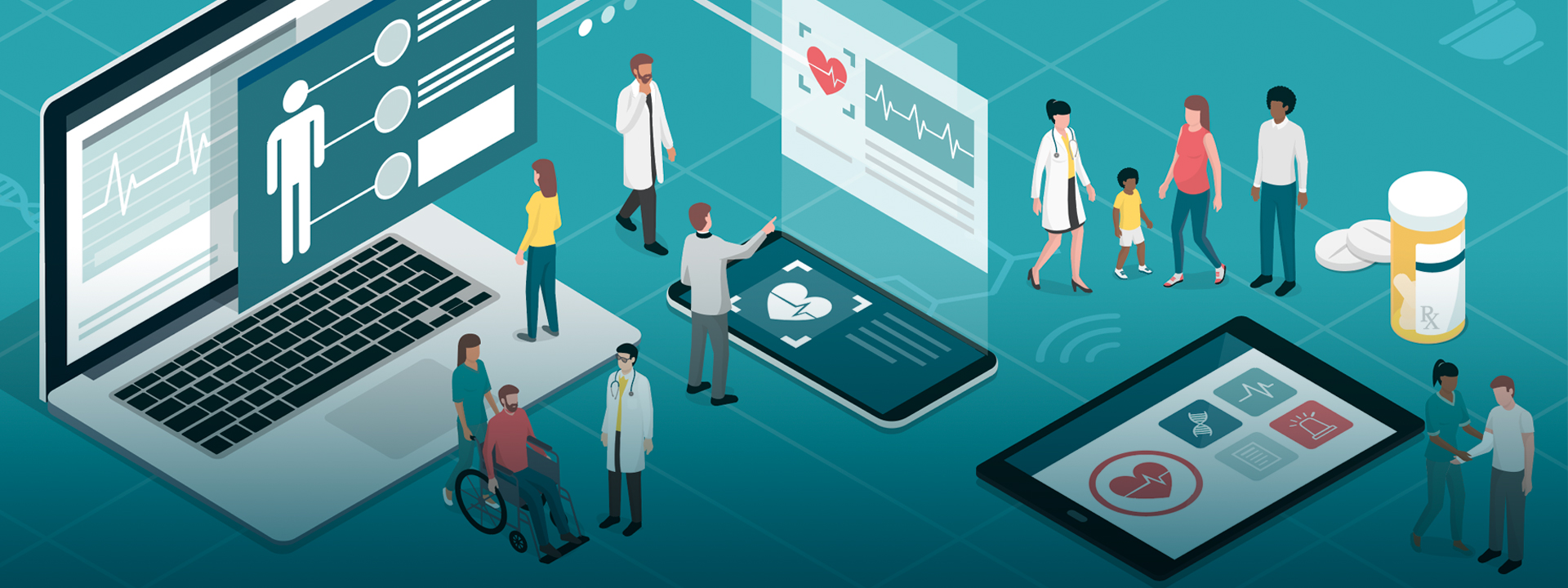Having spent the better part of my career in healthcare technology, the question has always been “How do we help doctors deliver safe, effective and efficient care while keeping costs in check?”
Prescription drugs comprise 17 percent of Americans’ personal healthcare spending, which is projected to grow by an average of 6.3 percent annually between 2017 and 2026. In fact, just one year from now, we are projected to spend $610-640B on medications alone.
Here’s the thing: Medications don’t work if people can’t pay for them, or are forced to wait for them. Many Americans are altogether abandoning their prescriptions at the pharmacy or skipping or splitting doses when the cost is too high, or when prior authorization grinds the workflow to a halt.
The good news is that new data shows we’re making a direct, immediate and positive impact. The Surescripts 2018 Impact Report: Prescription Price Transparency shows that more prescribers than ever before are able to see in their EHR what a particular drug will cost their patient at the pharmacy. And they’re using this information to partner with their patients in choosing a suitable drug at a lower cost.
Here’s a snapshot of the current state of adoption made possible by the Surescripts Network Alliance®:
- In 2018, the number of providers who adopted Real-Time Prescription Benefit increased by 1338 percent over 2017.
- The monthly number of benefit checks performed by these prescribers at the point of care surged from 298,000 in January 2018 to 6.3 million in December 2018.
- Most EHRs, representing 80 percent of prescribers, have agreed to implement Real-Time Prescription Benefit
- Prescribers can use Real-Time Prescription Benefit to access cost information provided directly from PBMs covering 76 percent of all U.S. patients.
But here’s where it gets really interesting. With adoption skyrocketing and coverage quickly expanding, more prescribers are saving their patients money at the pharmacy.
For example, when presented with lower-cost alternatives, prescribers used Real-Time Prescription Benefit to save their patients an average of $88 on blood glucose lowering medication (excluding insulin) and $105 on antidepressants. And among specialists, the average cost savings per prescription ranges from $228 for psychiatry and $69 for obstetrics and gynecology.
In addition to saving patients money, prescribers saved patients 158,000 hours of potential wait time in December 2018 alone—the result of their switching 28 percent of originally selected drugs needing prior authorization to therapeutic alternatives with no such requirement.
Industry Collaboration Wins Every Time
When the right people come together, we innovate like crazy—and quickly. Prescription price transparency is a perfect example of the sum of what we do together being greater than anything we could ever bring to life on our own. Together with partners across the Surescripts Network Alliance, we’re meeting the needs of healthcare providers and patients who expect their healthcare experience to be as seamless as online shopping.
To see more positive results of prescribers using prescription price transparency at the point of care, download the report.


 Dean Riggott Photography
Surescripts
Dean Riggott Photography
Surescripts





